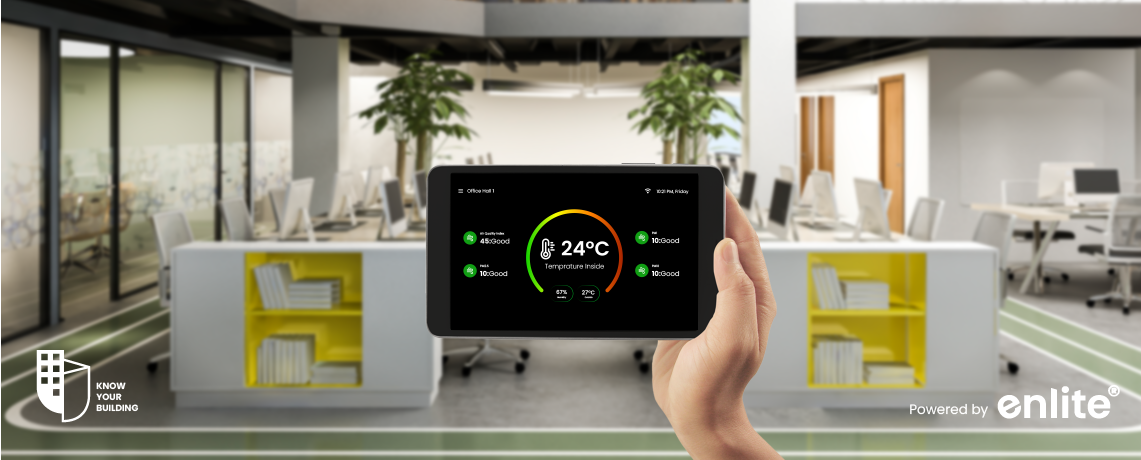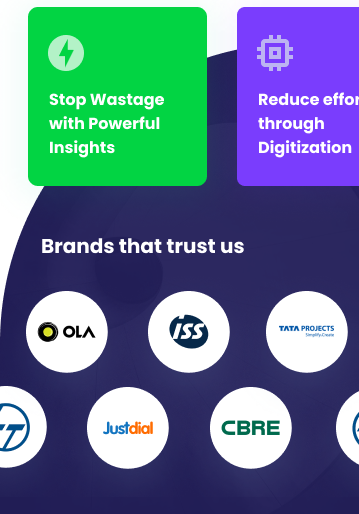Introduction
In today’s fast-paced world, security and operational efficiency are top priorities for commercial buildings, offices, and facilities. Traditional lock-and-key systems are no longer sufficient to manage modern security threats and access needs. Digital access control systems offer a smart, automated solution that enhances security, improves access management, and streamlines building operations.
The Importance of Digital Access Control
Digital access control systems provide a secure and seamless way to manage who enters and exits a building or facility. These systems utilize biometric authentication, key cards, mobile-based access, and cloud management to offer greater control, accountability, and convenience.
Key Benefits of Digital Access Control:
- Enhanced security against unauthorized access and data breaches
- Improved operational efficiency with automated entry management
- Real-time monitoring for better situational awareness
- Scalability to accommodate growing businesses and multiple locations
- Remote management via cloud-based platforms
How Digital Access Control Improves Security
1. Prevents Unauthorized Access
Traditional keys can be lost, duplicated, or stolen, posing a security risk. Digital access control systems eliminate this risk by requiring biometric authentication, PIN codes, or encrypted key cards.
Security Benefits:
- Only authorized personnel can access specific areas
- Eliminates risks associated with lost or stolen keys
- Instant access revocation if credentials are compromised
2. Real-Time Access Monitoring
With digital access control, facility managers can track and log every entry and exit in real-time, providing a comprehensive audit trail.
Security Benefits:
- Detect suspicious activity instantly
- Generate reports for compliance and security audits
- Enhance accountability by tracking employee movements
3. Integration with Surveillance Systems
Many digital access control systems integrate with CCTV, alarm systems, and motion sensors to provide an additional layer of security.
Security Benefits:
- Immediate alerts if unauthorized access is attempted
- Automated lockdown protocols in case of emergency
- Centralized monitoring from a single security dashboard
4. Remote Access Control and Management
With cloud-based access control, administrators can manage entry permissions remotely, ensuring security across multiple locations.
Security Benefits:
- Lock/unlock doors remotely in emergencies
- Update access credentials without on-site intervention
- Provide temporary access to visitors and contractors
How Digital Access Control Enhances Efficiency
1. Seamless Employee and Visitor Management
Digital access control simplifies entry for employees and visitors, eliminating the need for physical keys or manual sign-ins.
Efficiency Benefits:
- Faster entry with biometric or mobile access
- Automated visitor registration and access approvals
- Reduced administrative workload
2. Time and Attendance Tracking
Many digital access control systems integrate with HR and payroll systems, automating attendance tracking and work-hour calculations.
Efficiency Benefits:
- Accurate timekeeping for payroll processing
- Reduces buddy punching and fraudulent attendance
- Enhances compliance with labor regulations
3. Optimized Space Utilization
By tracking occupancy trends, digital access control helps businesses optimize their workspace.
Efficiency Benefits:
- Identify underutilized office spaces
- Optimize meeting room and workstation assignments
- Improve overall facility management
4. Scalability for Future Growth
As businesses expand, digital access control systems can be easily upgraded to accommodate new locations, employees, and security needs.
Efficiency Benefits:
- Cloud-based scalability without major hardware changes
- Flexible access levels for different employee roles
- Seamless integration with existing security infrastructure
The Future of Digital Access Control
With advances in AI and IoT, digital access control is evolving into a more intelligent and predictive security solution. Future trends include:
- AI-driven threat detection to identify abnormal access patterns
- Blockchain-based security to prevent data breaches
- Touchless biometric access for seamless and hygienic entry
Final Thoughts
Digital access control is more than just a security measure—it’s a smart, efficient solution that enhances building operations, employee convenience, and business continuity. Whether managing commercial offices, industrial facilities, or multi-tenant buildings, investing in a cloud-based access control system like Know Your Building ensures maximum security and efficiency.
Looking for a secure and efficient access control solution? Explore how Know Your Building can streamline your facility’s security with advanced digital access control. Contact us today for a free consultation!














